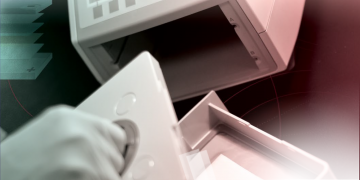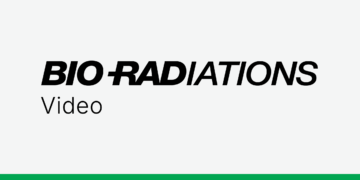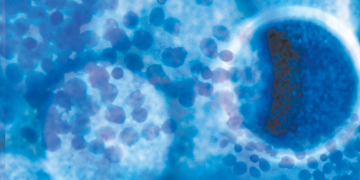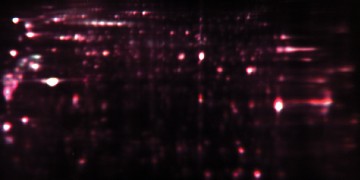
Expect More From Your Chemiluminescent Substrate: Introducing Clarity™ Western ECL Substrate
Bio-Rad’s new Clarity Western ECL substrate provides high sensitivity, long signal duration, and low background even at long exposures.

Trans-Blot® Turbo™ Ready-to-Assemble (RTA) Kit Enables Economical, Rapid, and Efficient Western Blot Transfers
Bio-Rad’s latest semi-dry transfer system, the Trans-Blot® Turbo™, has changed the way researchers think about western blot transfers.

PDQuest™ Software Tutorials
The nine PDQuest tutorials are chapterized so you can focus on what you want to learn. Each video runs from 3 to 9 minutes and features callout boxes that highlight important information to complement the audio explanations.

V3 Western Workflow™
Bio-Rad’s five-step western blotting workflow incorporates traditional blotting techniques with innovative technology, allowing quick confirmation of gel runs and blot transfers, and simplifying protein normalization. See how it works.

Novel V3 Western Workflow™ Revolutionizes Protein Research
Although the Western blot is a core lab procedure, surprisingly little has changed in traditional bench work practice since its inception in 1979. The V3 Western Workflow delivers a streamlined solution to the conventional western blotting workflow as explored here by one protein researcher specializing in chronic obstructive pulmonary disease (COPD).

Mini-PROTEAN® TGX™ Gels — Customer Testimonials
Scientists from UCSD, UCD, The Salk Institute, and the University of Alabama talk about the speed, performance, and quality of electrophoresis runs using the Mini-PROTEAN TGX gels in their labs.

Around the World with the ChemiDoc™ MP Imaging System
Bio-Rad has long demonstrated innovation in imaging, with the introduction of the stain-free gel electrophoresis workflow, which was rapidly followed by the launch of the Gel Doc™ EZ imager. Now, this progression continues with the release of the ChemiDoc™ MP imaging system.

Application of Hexapeptide Libraries for Enhanced Protein Detection in Human Cellular Lysates
Hexapeptide libraries, such as Bio-Rad’s ProteoMiner™ protein enrichment technology, can significantly increase sensitivity of shotgun proteomics analyses of diverse complex samples. Underlying this increased sensitivity is the partial removal of high-abundance proteins leading to an increased representation of low-abundance proteins — a phenomenon described as dynamic range compression. Currently, hexapeptide libraries have been mostly used to increase proteomic detection in fluid samples (eg: saliva, plasma, etc.), but not in cellular lysates.

Transitioning from Chemiluminescent to Multiplex Fluorescent Blotting: Things to Consider
Today many researchers are considering changing their western blot detection method from chemiluminescence to multiplex fluorescence. There are several drivers behind this trend. Most significantly, fluorescent detection allows users to multiplex their western blots, enabling simultaneous detection of several target proteins at once, reducing or eliminating the need to strip and re-probe. Other benefits of fluorescence include better dynamic range, more quantitative results, and better signal stability over time.

PROTEAN® i12™ IEF System Introduction
Bio-Rad’s PROTEAN i12 IEF system is specially designed for running different sample types, different gradients, and multiple 2-D electrophoresis protocols at the same time. Watch the video to learn about all the new features of this IEF system.
